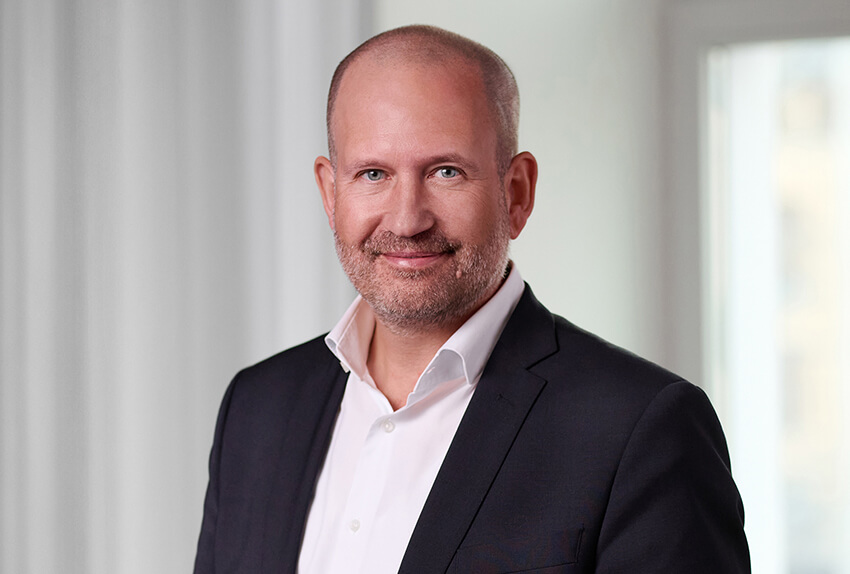Sustainable, hydrogen-based aviation fuels are expected to make a significant contribution to the decarbonisation of the aviation industry in the medium term. However, uncertainties regarding technologies and business models are currently holding back urgently needed private investment. Appropriate framework conditions and intelligent solutions to limit risks can help to untie this knot.
This article was originally published in German by airliners.de. Please click here to read it in full.




